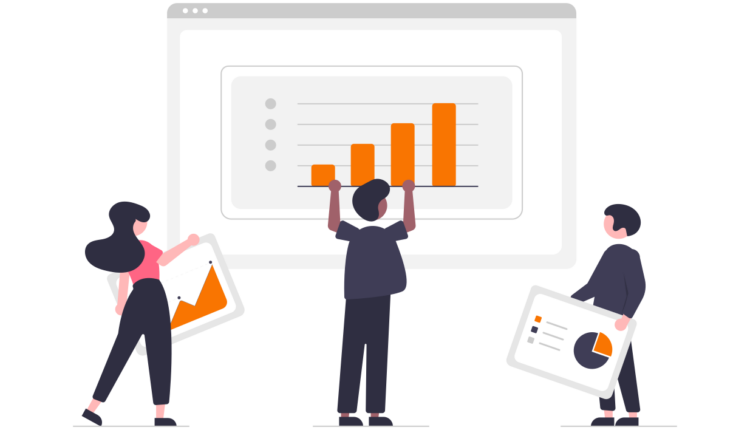Bidstream data is the information that advertisers and publishers exchange during the real-time bidding (RTB) process. RTB is a programmatic advertising process in which advertisers bid on ad space in real time, milliseconds before the ad is displayed. Bidstream data includes information about the user, the publisher’s website or app, and the ad unit.
Advertisers use bidstream data to target their ads to the right audience. For example, an advertiser selling baby products might target their ads to users who have recently visited websites about parenting or pregnancy. Publishers use bidstream data to sell their ad space to the highest bidders.
Types of Bidstream Data
Bidstream data can include a variety of different information, such as:
• User information: This includes the user’s IP address, device type, operating system, browser, and location.
• Publisher information: This includes the publisher’s website or app, the ad unit, and the website’s content.
• Ad information: This includes the ad format, size, and creative.
How Bidstream Data is Used
Bidstream data is used by advertisers and publishers in a variety of ways.
Advertisers use bidstream data to:
• Target their ads to the right audience: Advertisers can use bidstream data to target their ads to users who are most likely to be interested in their products or services.
• Measure the performance of their ad campaigns: Advertisers can use bidstream data to measure the performance of their ad campaigns, such as the number of impressions, clicks, and conversions.
• Prevent ad fraud: Advertisers can use bidstream data to prevent ad fraud, such as click fraud and bot traffic.
Publishers use bidstream data to:
• Sell their ad space to the highest bidders: Publishers can use bidstream data to sell their ad space to the advertisers who are willing to pay the most for it.
• Measure the performance of their ad inventory: Publishers can use bidstream data to measure the performance of their ad inventory, such as the number of impressions, clicks, and conversions.
• Prevent ad blocking: Publishers can use bidstream data to prevent ad blocking, which is when users use software to prevent ads from being displayed.
Privacy Concerns
Bidstream data can contain sensitive personal information, such as the user’s IP address and location. This has raised privacy concerns among users, who are worried about how their data is being collected and used.To protect user privacy, advertisers and publishers should only collect and use bidstream data in compliance with applicable data privacy laws and regulations. They should also be transparent about how they are collecting and using bidstream data.
Tips for Publishers and Advertisers
Here are a few tips for publishers and advertisers who are using bidstream data:
• Be transparent about how you are collecting and using bidstream data.
• Only collect and use bidstream data in compliance with applicable data privacy laws and regulations.
• Use a trusted ad network or supply-side platform (SSP) to manage your bidstream data.
• Only collect and use bidstream data in compliance with applicable data privacy laws and regulations.
• Use a trusted demand-side platform (DSP) to manage your bidstream data.
• Segment your audience and target your ads carefully to avoid wasting your budget.
Bidstream data is a valuable tool for advertisers and publishers. Advertisers can use bidstream data to target their ads to the right audience and measure the performance of their ad campaigns. Publishers can use bidstream data to sell their ad space to the highest bidders and measure the performance of their ad inventory.
However, it is important for advertisers and publishers to use bidstream data in a responsible and ethical way. They should be transparent about how they are collecting and using bidstream data, and they should only collect and use bidstream data in compliance with applicable data privacy laws and regulations.


